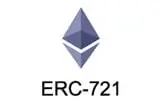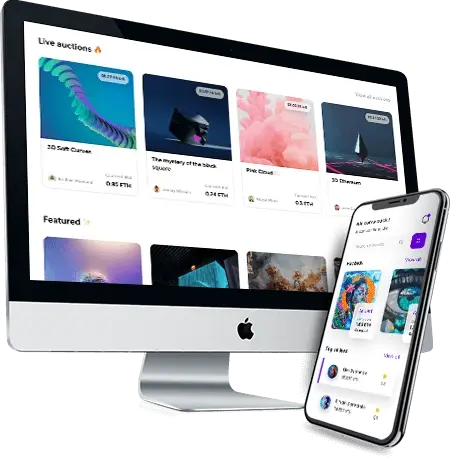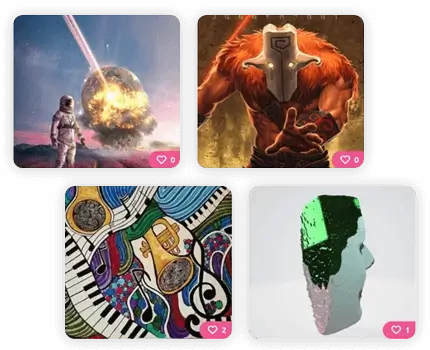
- +91 63692 50989 Call us
- [email protected] Mail to us
- 150+
Blockchain Developers
- 150+
Expert Designers and Digital Marketers
- 7+
NFT Marketplaces Developed
- 180+
Blockchain Projects
- 5+
Total Years of Experience
Make A Virtue Of NFT Marketplace By Launching An OpenSea Clone!
OpenSea, an online marketplace for effective buying and selling of non-fungible tokens, currently holds 165,000 monthly and 35,000 daily active users. Initially launched in the year 2017, the monthly volume on OpenSea now in 2021 stands at $2.21 billion. OpenSea platform has seen phenomenal growth in the past six months occupying a center spot in the crypto-verse. Don't the OpenSea like NFT marketplace development seems to be a real-time opportunity to shovel in humongous profits?
If you're curious enough but have no idea where to start, TurnkeyTown has already got your back. You're in the most right place. We have an expert team with sturdy knowledge in blockchain technology that will offer you best-in-class OpenSea like NFT marketplace development services. Get to us and make your brand the next buzzword of the crypto world after NFTs.
What is OpenSea Clone?
Admissible Token Standards Of OpenSea Clone Development
























